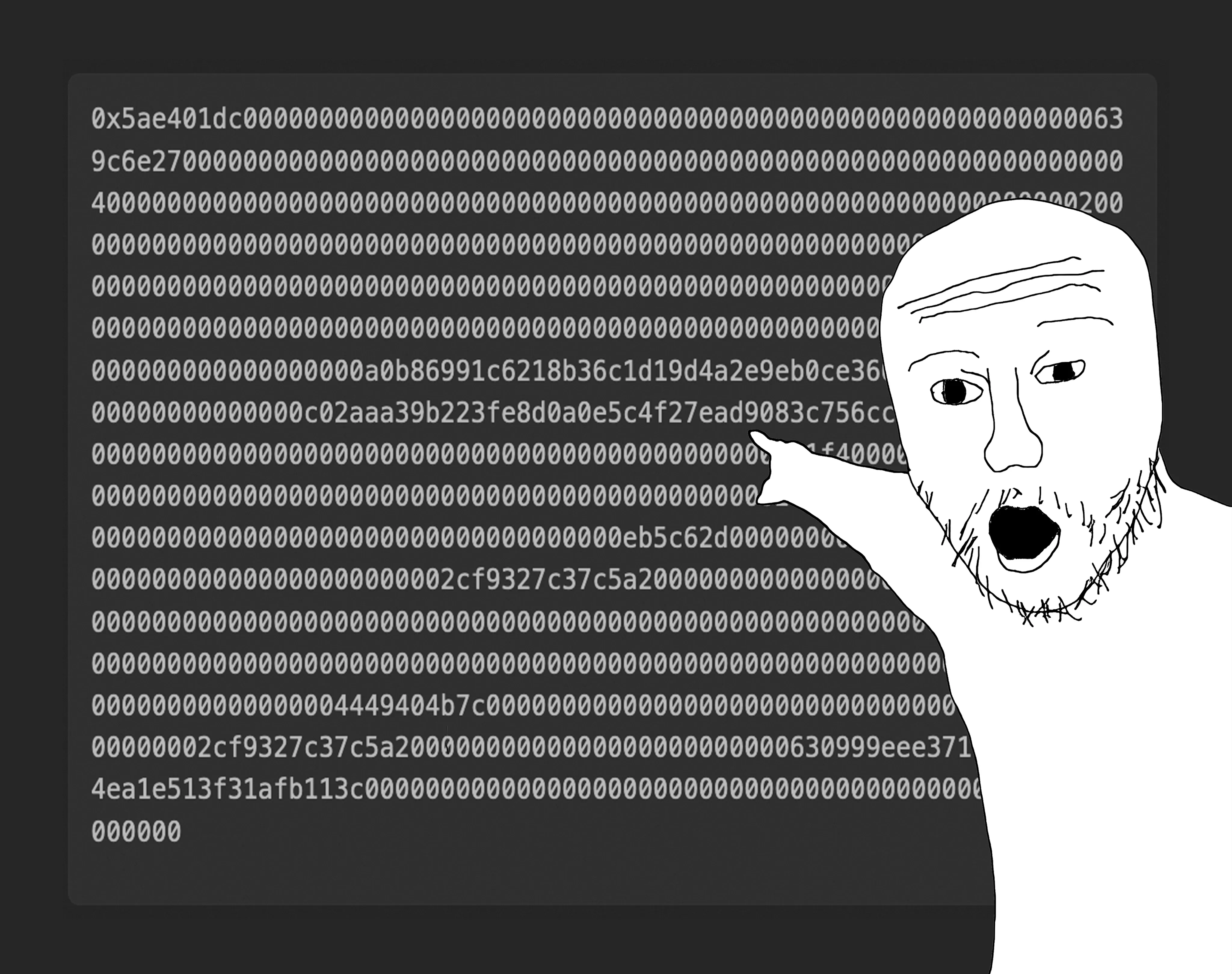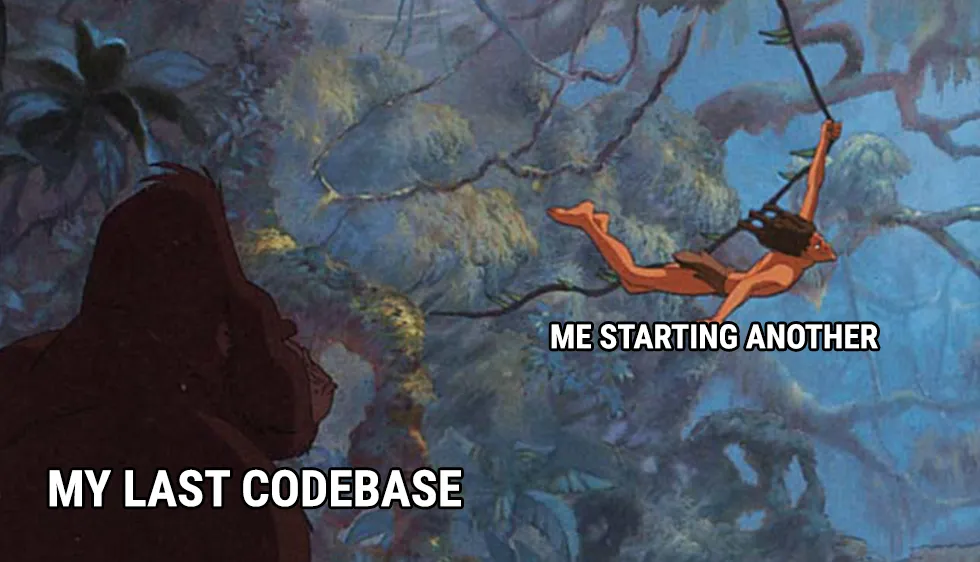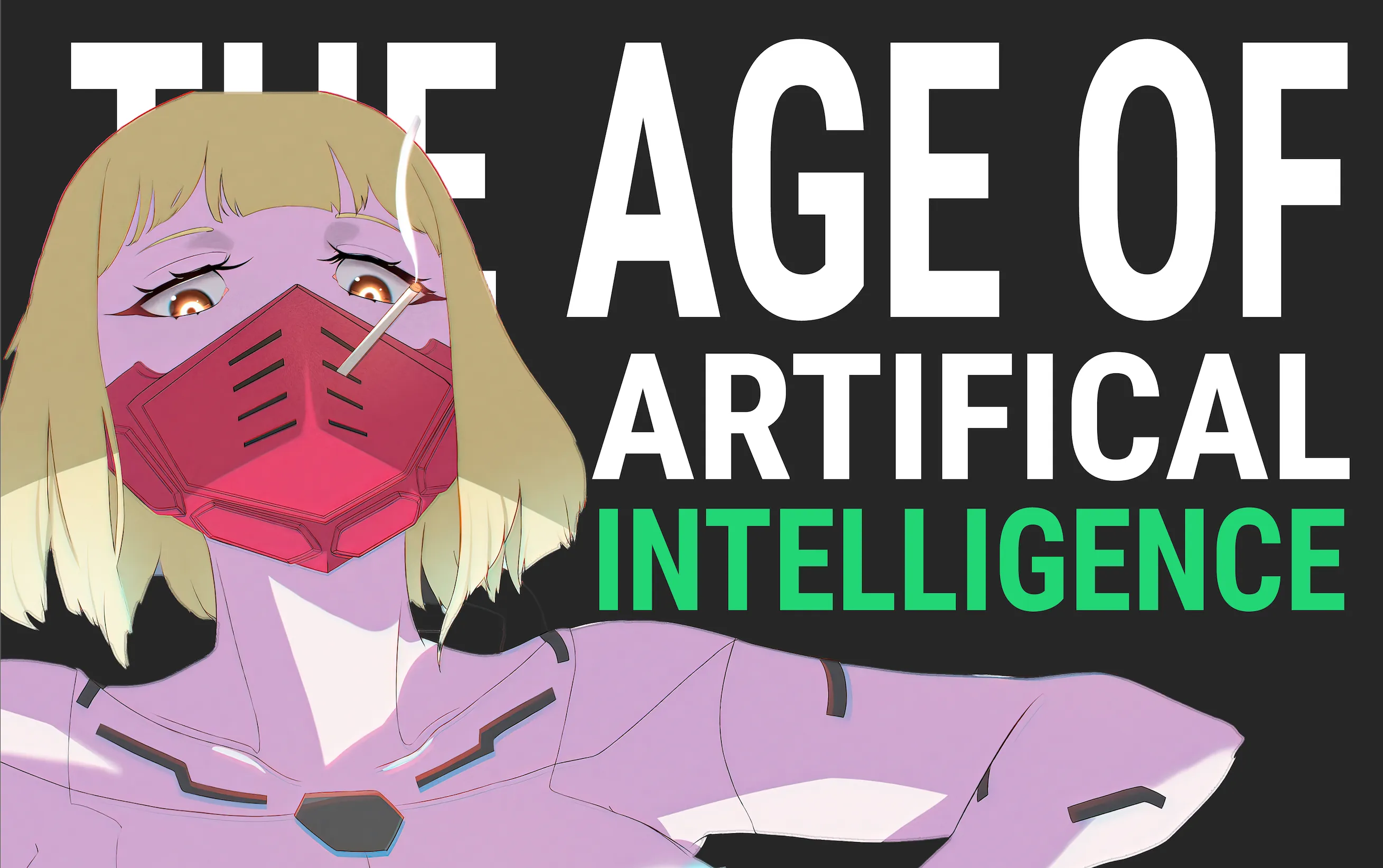Tag: cybersecurity
-

Generating Custom Assembly Smart Contracts
2 years ago I wrote a component that allowed me to generate any custom assembly smart contract on the fly to automatically create exploits without needing to do any manual work. I had a montiroing system that would provide the inputs and the bytecode generator would chug along and spit out an executable program that I could deploy and call on with a bundle of transactions. In this article I'll share the core of that codebase to get you up to speed! Buckle up, anon. There isn't any other article like this revealing these trade secrets!
#technical
#cybersecurity
#mev
#web3
-

Swimming Safely In The Public Mempool: MEV Smart Contract Obfuscation Techniques
In blockchain, generalized frontrunners in MEV abuse the well-known standards of smart contract, therefore obfuscation techniques are essential for MEV operators. Over the past year I've created some zero-day techniques for avoiding these sharks in the mempool of Ethereum and all other existing blockchains in web3. Whether you're a semi-vet like DeGatchi or are just starting in the the MEV world of ETH, you are able to deploy these obfuscation techniques on day 1 to potentially gain an edge on your competition. Godspeed, anon!
#technical
#mev
#cybersecurity
-

Reversing The EVM: Raw Calldata
You may have have wondered how to decipher and read evm calldata, then attempted to read the transaction calldata of an Ethereum smart contract, only to become confused at a certain point. The EVM (and other L1 forks) encode and decode calldata in a specific way for static and dynamic types, which can be initially confusing. In this article, we will delve into the encoding sequence of calldata so that you can comprehend any verified or unverified smart contract transactions and understand the bytes. By doing so, I hope to empower you to create your own raw calldata.
#technical
#cybersecurity
#assembly
#web3
-

Smart Contract Obfuscation Techniques
How do you prevent MEV frontrunners from stealing your transactions, copying your smart contracts and understanding your strategies built into your smart contracts on-chain? Let me take you into the depths of the dark forest, where bleeding-edge smart contract bytecode obfuscation techniques are developed to keep your secrets hidden for longer.
#technical
#cybersecurity
#assembly
#web3
-

Speedrunning Web3 Bug Hunts
So you've decided to particpate in bug bounties as bug hunter and are spending hours, searching, hoping to find a bug to claim your basket of gold coins...but to sometimes no avail. How do the high ranking hunters find vulnerabilities in such short amounts of time? Grab your spear, anon. We're about to explore the jungle!
#technical
#cybersecurity
#web3
-

Humanity: The Age Of AI
Delve into the essence of Artificial Intelligence (AI) and explore its profound implications for humanity in reshaping the modern world. Join us on a visionary journey into the imminent future, where AI stands at the helm of the most significant and transformative era the human race has ever witnessed. With AI's unparalleled potential, we are on the cusp of transcending conventional boundaries, heralding a new chapter of innovation, evolution, and infinite possibilities.
#non-technical
#cybersecurity
#ai
